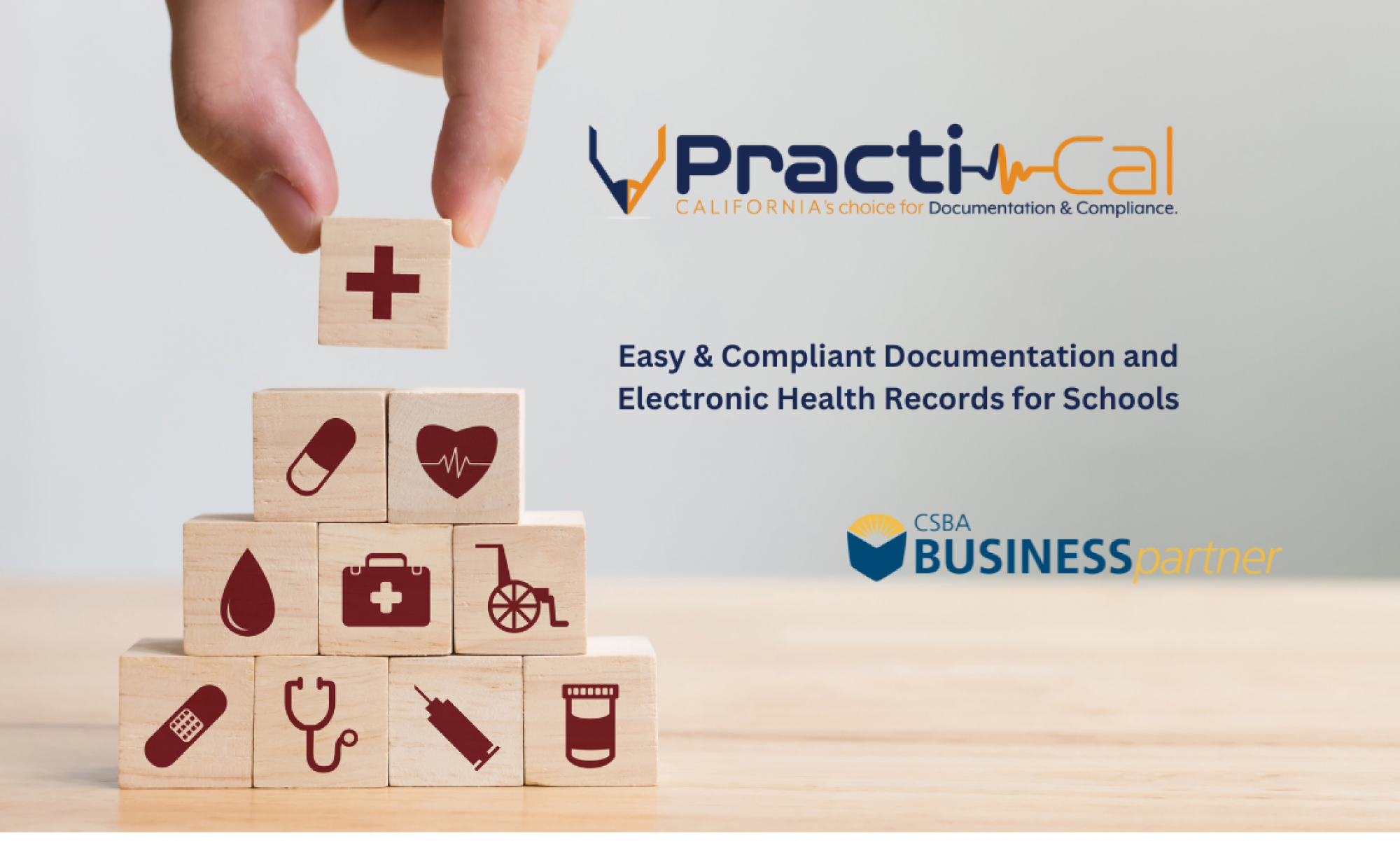
The forthcoming CDE implementation requirements provide an opportunity to improve Medi-Cal reimbursement for California LEA’s. The new CDE policy, requires LEA’s to document the minutes providing promised services to students in special education. While promised services may be delivered, they are not necessarily being documented. Practi-Cal tracks promised service delivery using algorithms that analyze special education data and models of delivery for each student. Practi-Cal also reports out service compliance data that allows LEA leaders, department leads, and service providers to drill down to identify missing services.
To improve Medi-Cal billing, Practi-Cal uses the same data and reports out services that have not been documented for Medi-Cal eligible students. While some students may not qualify for a variety of other reasons, until a service record is documented, your LEA will be in the dark on potential reimbursement. Practi-Cal also reports out the missing potential reimbursement amounts for services that have yet to be documented. LEA’s are finding that in some cases, they could double the size of their reimbursement program just on the amount of undocumented services.
How do program leaders monitor and track missing services and potential reimbursement? Program leaders should actively review their Program Health Dashboard in SpEdCare. This dashboard provides valuable tools to drill-down and identify actionable tasks to improve program results.
One of these tools is the Projected Reimbursement for Promised Services widget. This widget pulls in promised services (IEP and Non-IEP) in a variety of practices, where services have been promised to Medi-Cal eligible students, but not yet documented. Clicking on any bar in the graph will open a screen to allow leaders to drill-down and see exactly what Medi-Cal covered services are missing for each student.
Once services are recorded, a few may still be held for a variety of reasons, such as parent consent or a valid prescription or order. These held claims can be viewed on the Potential Reimbursement widget. Leaders can again drill-down, by clicking any portion of the chart and take action to fix or follow-up on compliance factors that are holding the claims. Once these compliance items are fixed, the claims will be released for adjudication and reimbursement.
